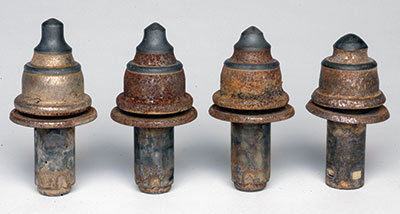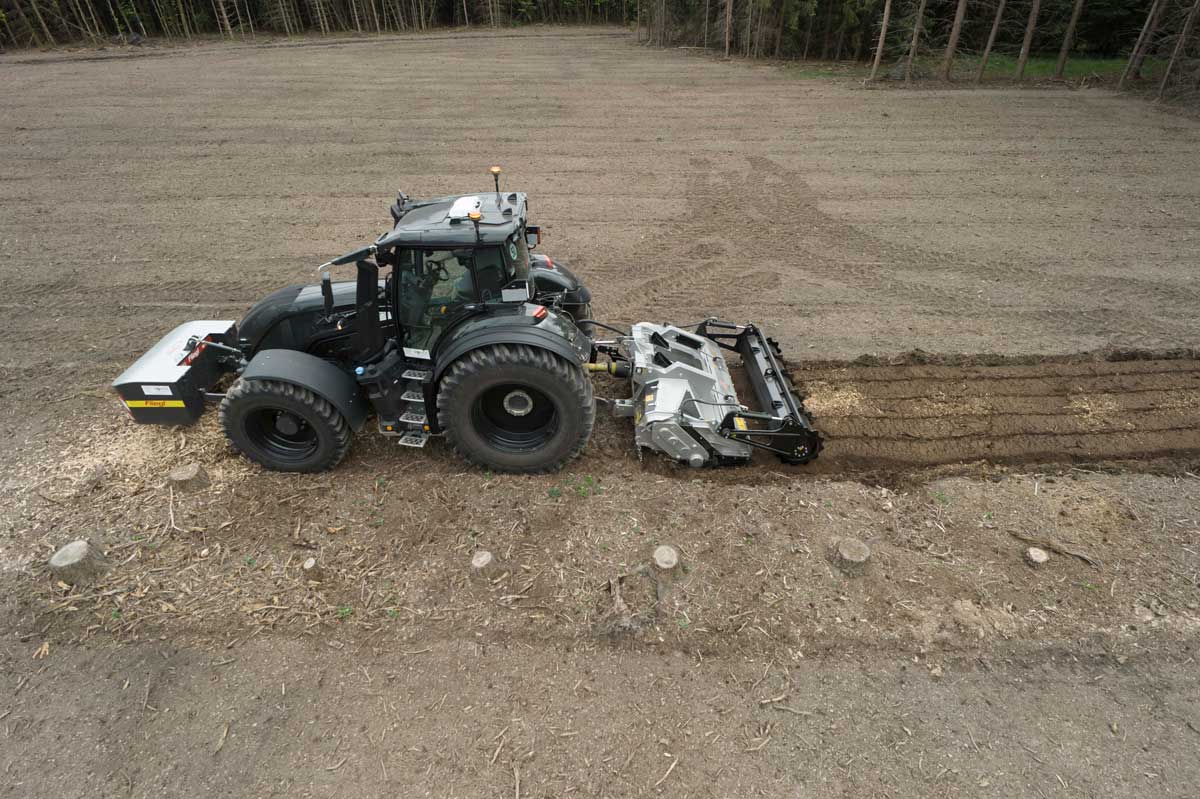SKID STEER – The Maintenance of Milling Implements
The value and popularity of skid steer cold planer attachments is becoming increasingly more evident because of the variety of jobs they can assist with. In addition to small milling jobs in which large milling machines can’t efficiently be used, cold planers are an effective tool for asphalt and concrete pothole and frost heave repair, curb cutting, pavement texturing for improved skid resistance and the removal of traffic lane stripes and roadway around manholes. Manufacturers design them to require minimal maintenance. Unfortunately, this has led to many operators completely ignoring most maintenance functions with their cold planer. And, as with almost any attachment, this neglect leads to reduced efficiency and increased wear that creates the need for unnecessary repairs during its life.
Production Starts and Ends with the Picks
The most critical maintenance function on a cold planer is the proper analysis and replacement of its picks, also known as teeth. The picks fit into holders welded at different angles on the cold planer’s drum. While the drum is designed to promote even wear, typically the outside picks wear first as they cut through the asphalt or concrete, and eventually, this wear starts to affect the cold planer’s overall performance. Check the picks before each use to ensure they aren’t broken or severely worn or “bald” looking.


Inspect all quick-disconnect areas for damage. Clean debris from all valves and hoses to avoid hydraulic system contamination. Ensure that the case drain coupler is completely engaged and the hose is not kinked or crushed; a restricted case drain flow can blow the shaft seal on the motor. Ensure the skid steer hydraulic system is at an adequate level of hydraulic oil. Keep as much outside debris out of the drum as possible.
For every 40 hours or periodic maintenance: Grease all moving parts, including wheel bearings, hydraulic cylinder pivot points, side shift wear areas like flat bars or side shift rods and the depth plates (also known as skids); always wipe off excess grease from fittings because it will collect dirt and increase wear. Check the planetary for leaks and call your dealer immediately if a fix is necessary.




